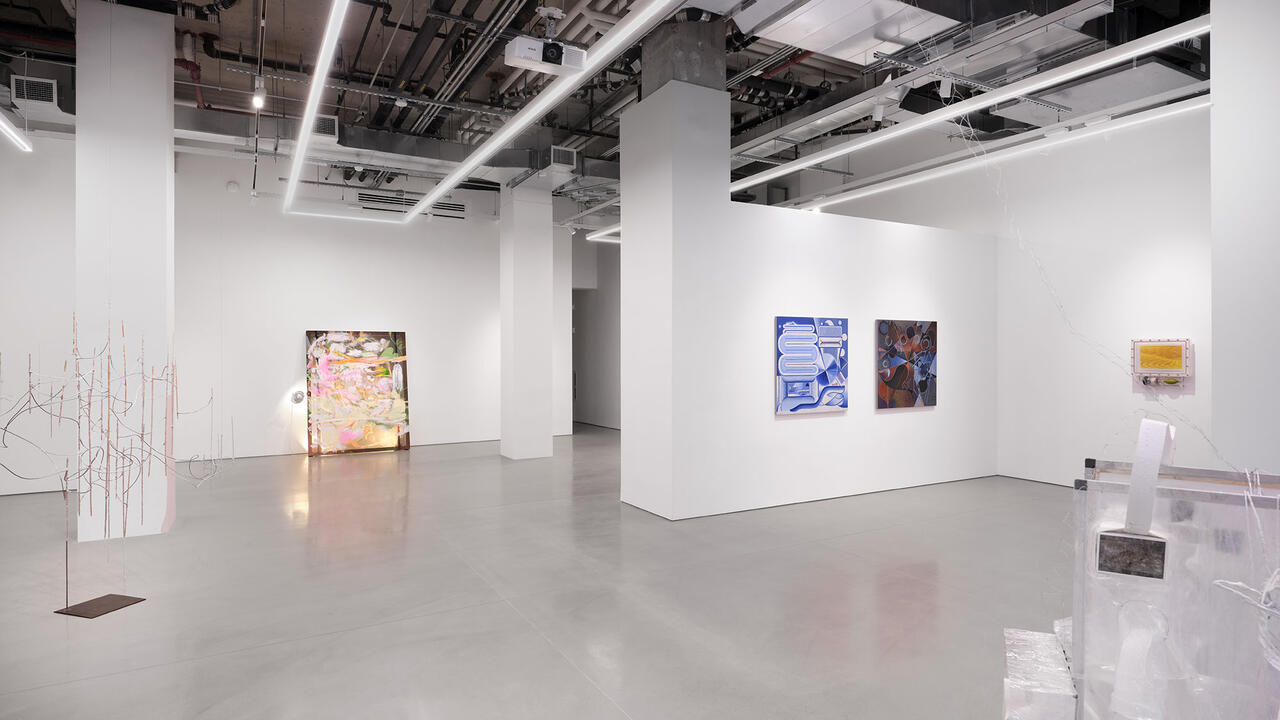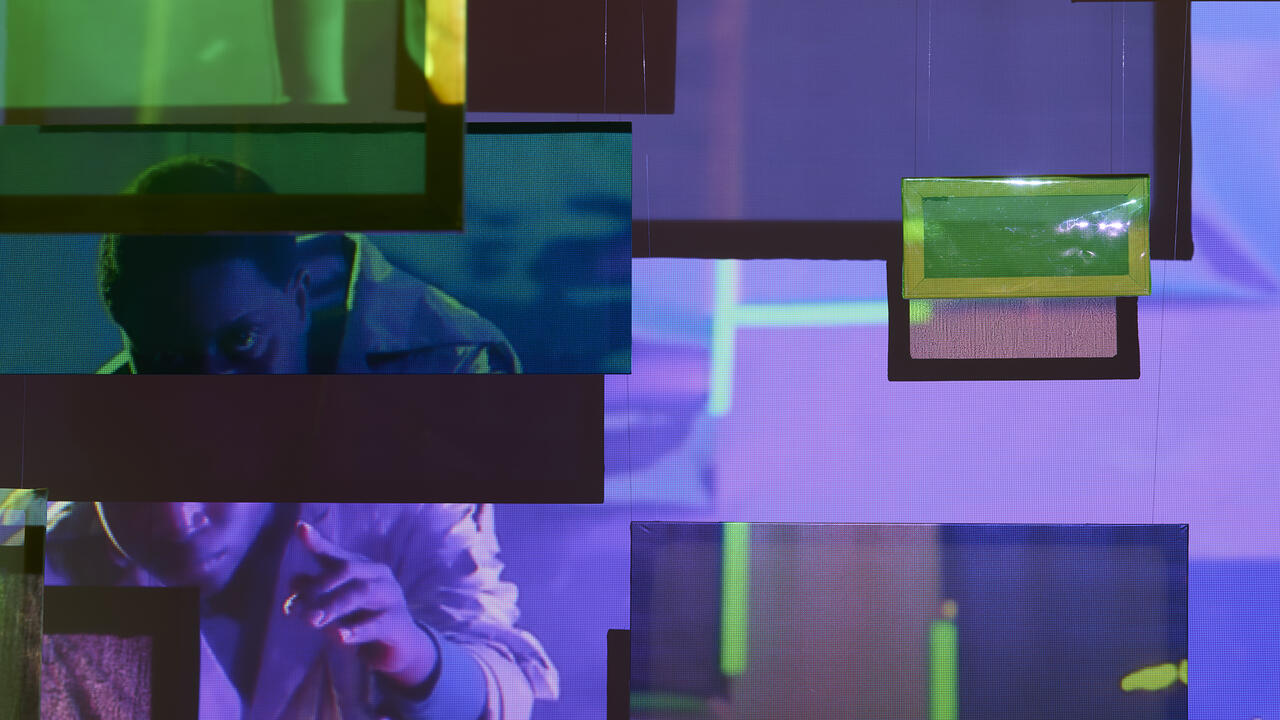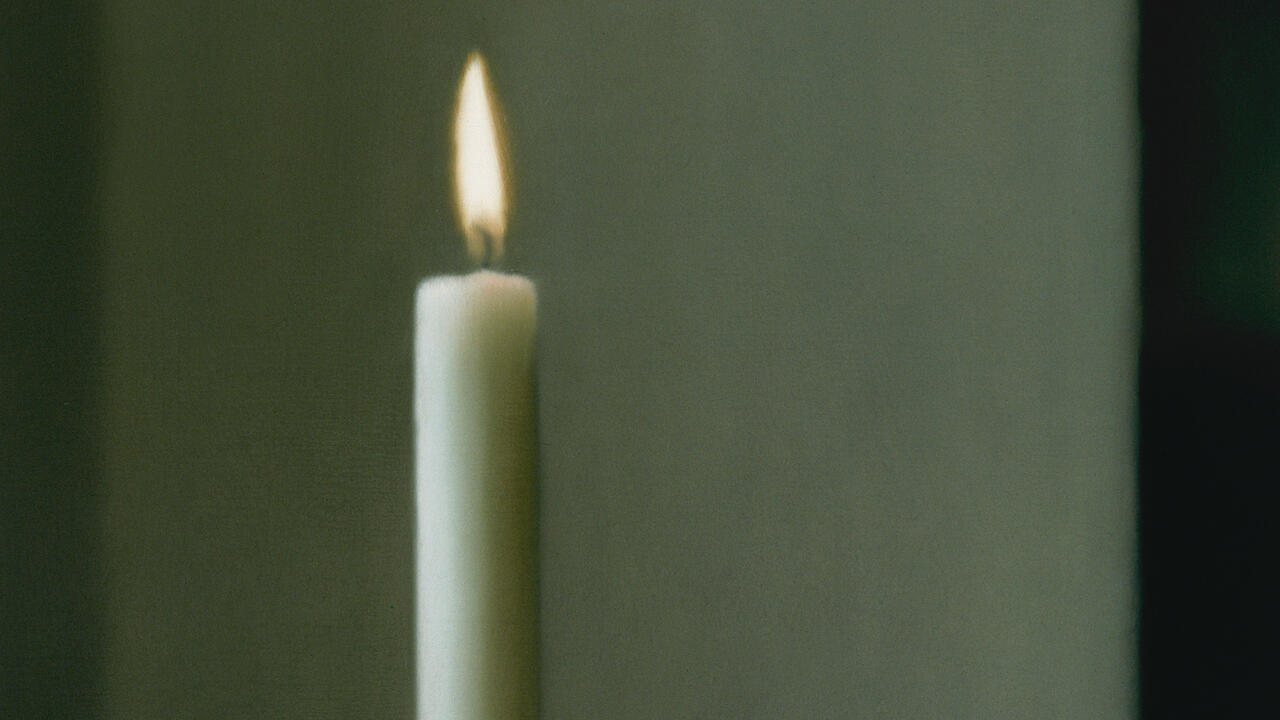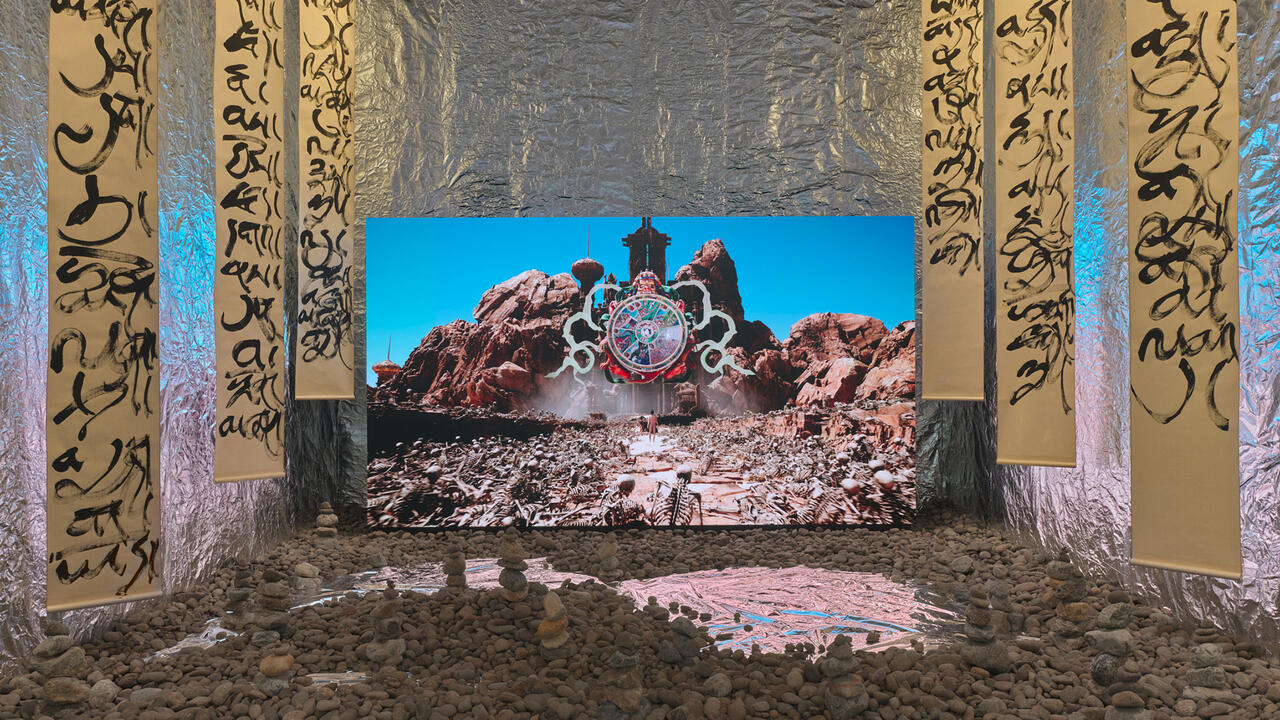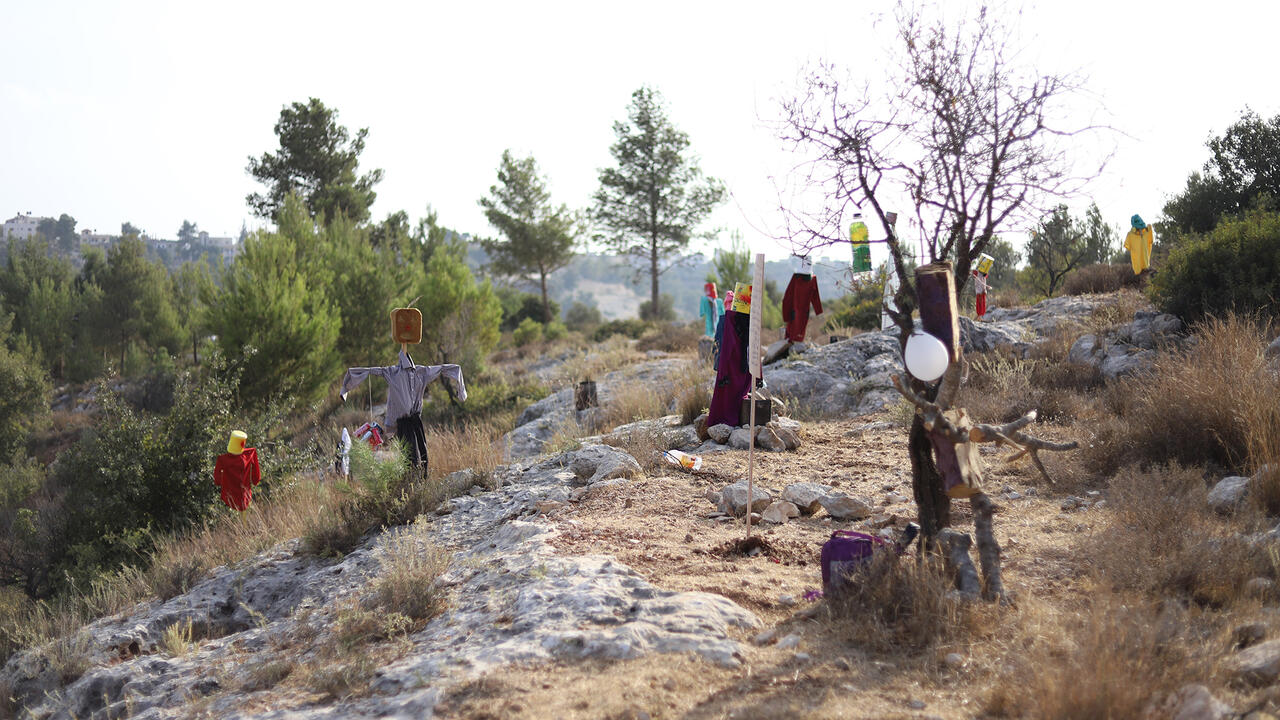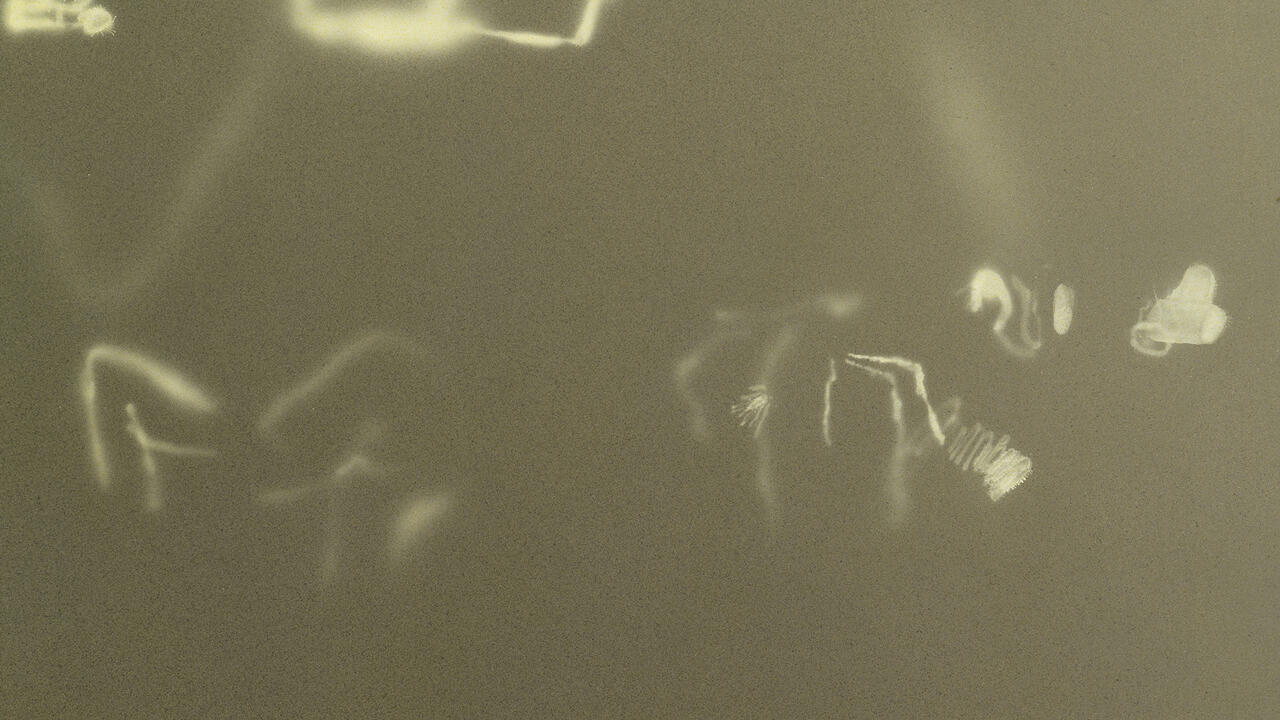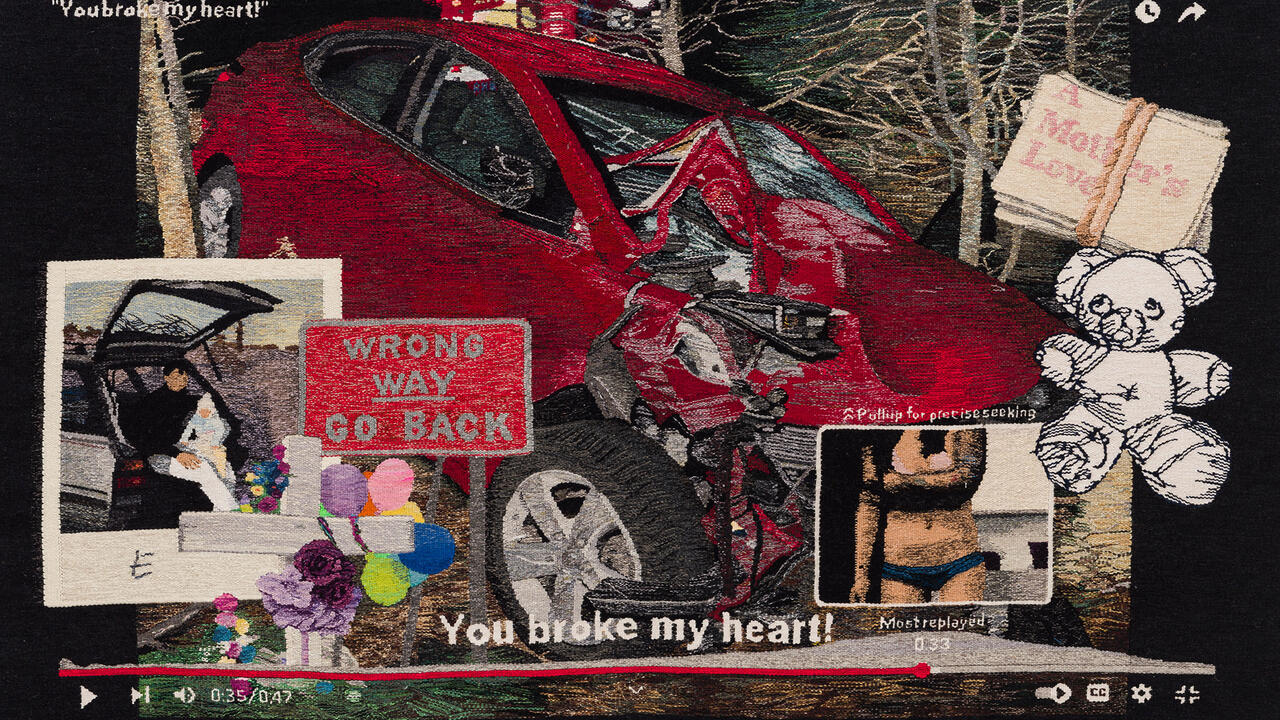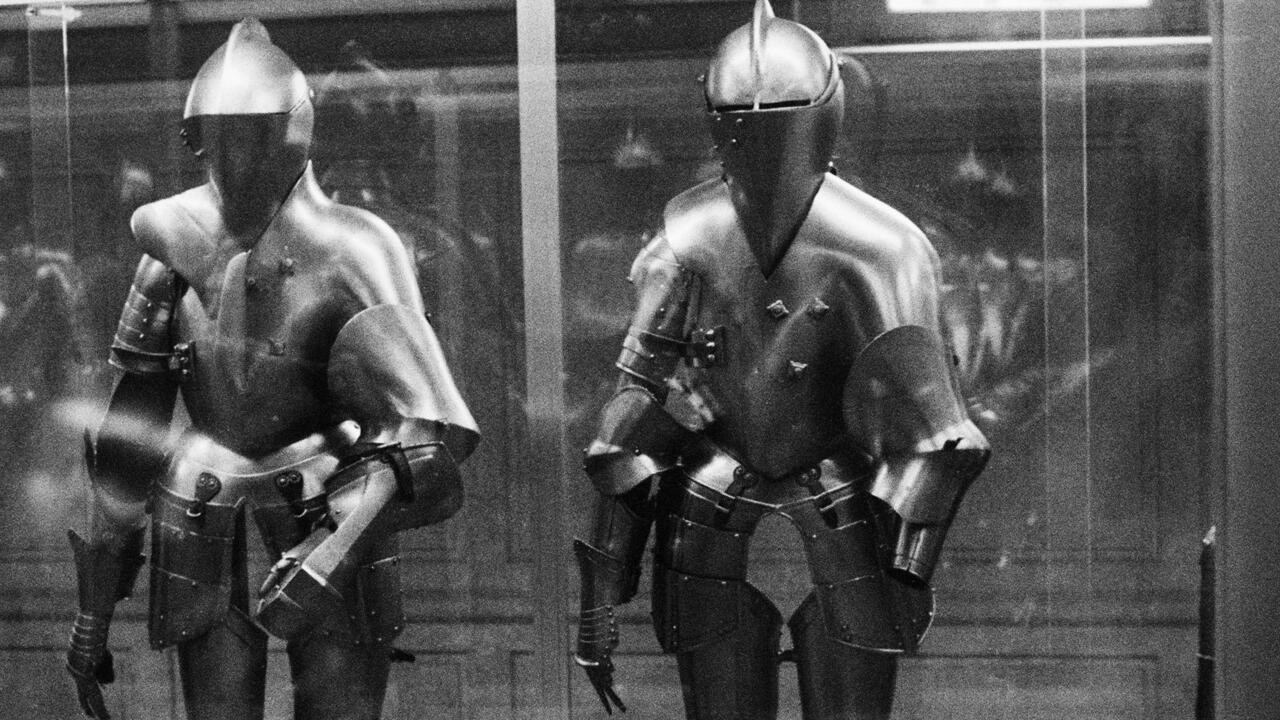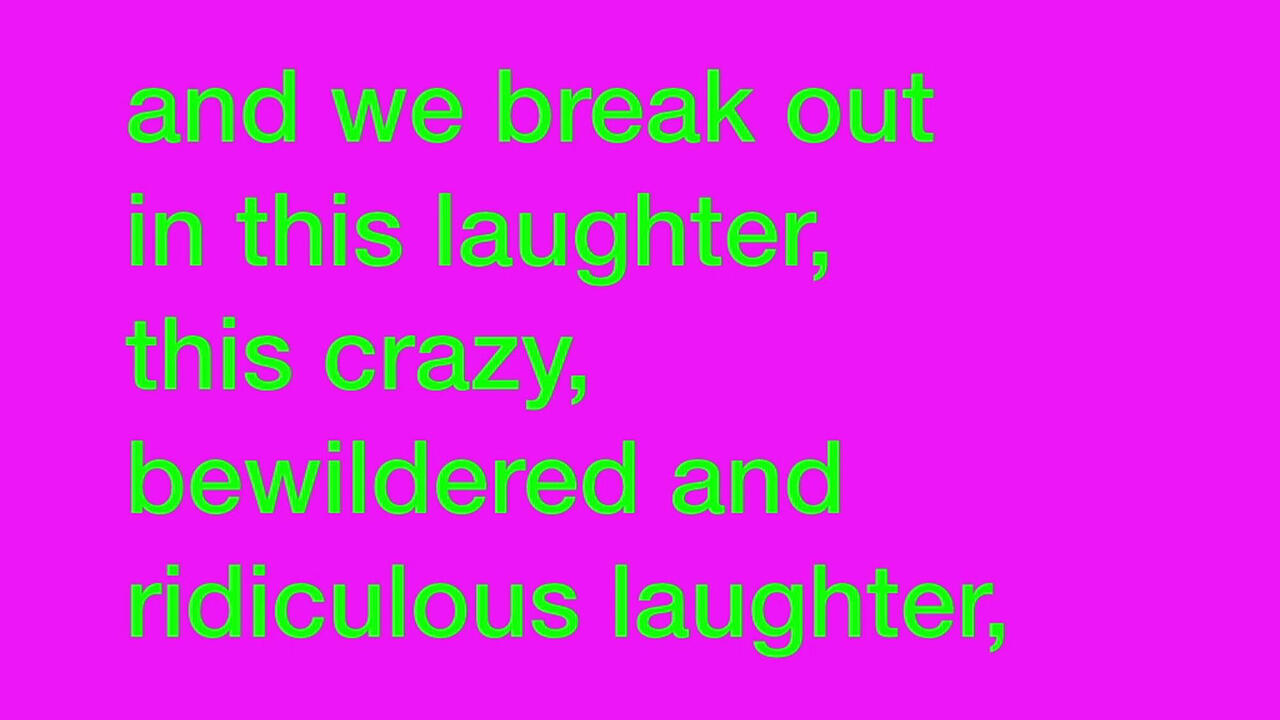The Uncanny Geometry of Satoshi Kojima
The influence of op art leaves scant trace of the artist’s hand, but otherworldly unease pervades his repetitions and reflections
The influence of op art leaves scant trace of the artist’s hand, but otherworldly unease pervades his repetitions and reflections

On the hottest day of the year so far, I found myself in the cool, still air of Satoshi Kojima’s latest exhibition, ‘Chaste as Ice, Pure as Snow’, at New York’s Tramps – a gallery known as much for the controversy surrounding its role in Chinatown’s gentrification as for its exhibitions. The show’s title paraphrases a line from Hamlet (1604) – a curse the Danish prince lays on Ophelia before telling her to get to a nunnery – though no information is proffered to elucidate the connection between Shakespeare’s play and the nine, mid-size paintings on display. The reference to purity, however, from a play obsessed with political (and sexual) corruption strikes a note of irony in relation to the painter’s subject matter. Kojima’s angular, often inscrutable scenes reference nightlife (No Limit, 2019, features two figures dancing on a giant disco ball) and a contemporary take on pin-up prurience (multiple canvases depict a blonde, semi-undressed woman with a provocatively open mouth). A sense of timelessness pervades, with neither the figures nor the spaces they inhabit seemingly weighted by gravity.

Kojima’s compositions integrate figuration with op art influences through muted colours, hard edges and a moderate, uniform application of paint that leaves scant trace of the artist’s hand. Mort à Crédit (Death on Credit, 2019) features two female figures, one of whom sits on a ledge while gazing down with pupil-less eyes at the other lying on her back in a bathtub. They inhabit an otherwise bare architectural space built out of vertical blue and white stripes that run perpendicular to the horizontal slats of the wall on which the painting is mounted. In keeping with his op-art aesthetic, Kojima has an aptitude for manipulating rigid geometries into something uncanny. In Alice (2018), a blonde female figure poses on a toilet amid a semi-circle of mirrors, her multiple reflections creating a series of fractured and layered shapes.

The existing architecture of the exhibition space, which was formerly a shopping centre, emphasizes the paintings’ op-art flair. Each canvas resides in its own glass booth – spaces originally built to house small retail concessions – on walls lined with grooves for hanging shop wares. Hung to the far side of its cubicle, light more light (2019) requires viewers to approach from the left at a steep angle. That movement reinforces the upward thrust of the white lines that Kojima has used in the painting to create the impression of a room superimposed on a background of concentric blue and black circles. By forcing viewers to comply with the painting’s spatial construct, the installation increases the apparent distance between them and the male figure depicted at the other side of the painted room, who stands before circular bands repeating the words Mehr Licht (more light) around a mysterious red circle. ‘Mehr licht’ were supposedly Goethe’s last words, and his Theory of Colours (1810) was once indispensible to artists and philosophers interested in colour perception. Kojima thus incorporates another literary reference, this time related to both painting and mortality.

The glass panes and blasting air-con of the gallery’s shopping-centre locale make for an icy, crystalline viewing environment. Kojima’s handling of paint, however, more closely resembles snow – smooth and opaque – than ice. He restricts his palette to pastels and occasional sickly earth hues, all mixed with a significant amount of white. The result is a muted luminosity, with Kojima creating depth mainly through perspective, using only blocky shading in a limited number of tones.
Much as our subconscious minds select from and remix reality, imposing their own order on disparate elements to create our dreams and fantasies, ‘Chaste as Ice, Pure as Snow’ presents recognizable objects and figures that Kojima has fractured and multiplied in ways both familiar and strange, pleasurable and chilling.
‘Chaste as Ice, Pure as Snow’ ran at Tramps, New York, from 20 May to 21 July 2019.
Main image: Satoshi Kojima, XO (detail), 2019, oil on canvas, 150 × 110 cm. Courtesy: the artist, Tramps and Michael Werner, New York; photograph: Mark Woods










